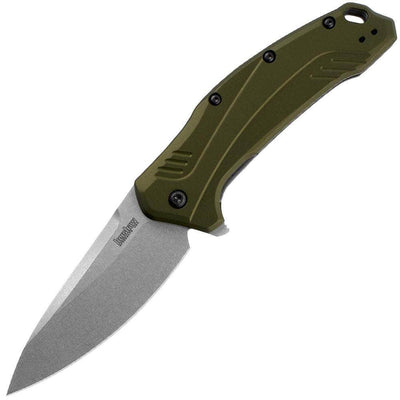Your cart is empty.
Tips to Make You a Better Knife Thrower
The following tips are designed to introduce the beginning thrower to the basics of knife throwing. Some of the tips may seem obvious, but they are nonetheless important.
We are planning to compile a few follow-up Tips Reports with some Intermediate, as well as Advanced Tips for our more experienced throwers. We may also create a Throwing Games report.
If you have any Throwing Tips or Games you'd like to share, We will be happy to consider including them in one of our future reports. Just e-mail your tips or games to orders@knife-depot.com
In the meantime, I hope you enjoy the following tips:
Knife Throwing Tips
- A good sized throwing knife should be between 12 inches and 16 inches in length. For starters, try standing between 6 and 8 feet from your target for a half spin (held by the blade), and between 11 and 13 feet for 1 full spin (held by the handle.) These are just "guesstimates." Distances will vary depending on the length of the knife and the technique
of the person throwing it. - Always watch the handle of your knife, not the point. If your knife hits the target with the handle up, move forward a few inches. It had too much time to spin before reaching the target. This is called over rotating.
- If your knife hits the target and the handle is down, back up a few inches. It needs a little more time to spin before reaching the target. This is called under rotating.
- Make your adjustments until the knife sticks. As soon as you stick your knife, mark that spot! Mark exactly where you were standing on the ground so you can place your foot in that same exact place every time you throw.
- Even though it feels natural, try not to snap your wrist when you release your knife. It is hard to snap it exactly the same every time you throw.
- You want to be as consistent as possible with every part of your throw. Your stance, grip, wind up, release and follow through will all affect the way the knife spins towards the target.
- Keep your wrist somewhat locked and try to get a smooth release. Don't think of 'letting the knife go.' Just try to let your hand 'slide' off of the knife as you follow through.
- If you want a knife that will throw equally well from the handle or the blade, the balancing point should be very close to the center of the knife.
- A knife that is handle heavy, throws more easily when gripped from the blade. (Like a bayonet.)
- A knife that is blade heavy, throws more easily when gripped from the handle. (Like a bowie knife.)
- Polypropylene archery targets work well for smaller knives and spikes, but get chewed up very fast by the bigger throwers like big Bowies and tomahawks.
- If you are using log rounds for your targets, try to get them a minimum of 4 inches thick. But the thicker they are the longer they will last.
- Knives are pretty easy to lose if you throw outside in deep grass or leaves. I put a bright layer of tape on my handles which makes them easier to spot if they aren't in the target. This also helps when trying to find your 'spot' to throw from. The tape makes it easier to see if the handle is pointing up or down when the knife hits the target.
- Get together with friends and family to throw. It's always more fun when you are with others that enjoy the sport. Get together once a week or once a month and spend a few hours hurling some steel.
Knife Throwing Competitions

If you ever have the chance, go to one of the many knife and tomahawk throwing competitions taking place throughout the country. Many of the participants are the "cream of the crop" in our sport. And knife throwers really are some of the nicest people you will ever meet! You can learn tons of useful tips from these folks. Also, many competitions have demonstrations going on where you can find different things to hurl, learn new techniques, or just meet other people who love to throw!
Throwing knives, hawks, spikes, and other sharp things is a great backyard past time! Its a fun way to spend time with friends and family and its even mildly aerobic. You may start out throwing half spins from 8 feet but in 2 weeks you could be throwing 3 and 4 spins from 30-40 feet. And when that knife or tomahawk leaves your hand, sails through the air, and sticks in the target with a big hollow 'THUNK!'... it just makes you smile! :-)
Beware of flying metal!!
DISCLAIMER: You participate in the sport of knife throwing at your own risk. The author of this tips report urges the reader to take all safety precautions available. The author is not responsible for any injuries resulting from knife throwing or any use of the above mentioned tips. To learn the specific techniques for throwing knifes properly and safely we highly recommend that you seek a professional knife throwing trainer or organization to assist you in learning the sport of knife throwing.



















